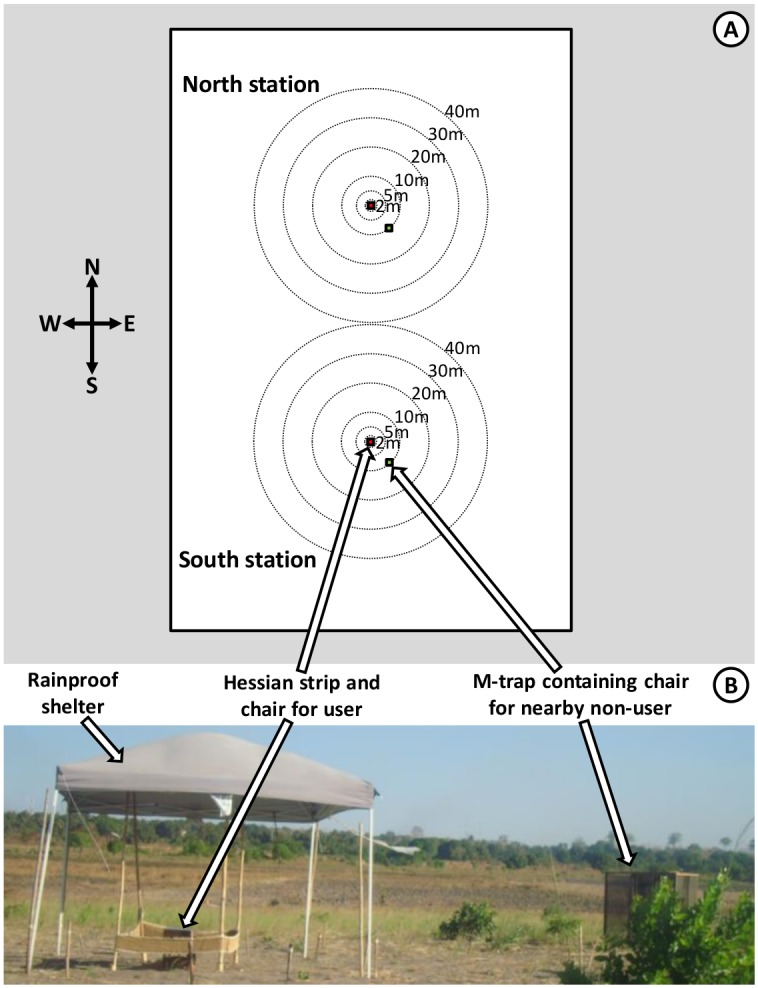Fig 2. Schematic illustration of the design of experiments 1 and 2.

Schematic (A) and photographic (B) illustration of the arrangement of human landing catches (HLC) by users of treated or untreated sacking strips and non-users sitting in exposure free M traps at specific randomized distances and angles at which a human baited trap was placed. The HLC captures conducted by the users of treated and untreated strips were used to quantify personal protection provided by the treated strips (Fig 1, Objective 1.1). Captures with nearby M traps occupied by participants lacking any treated or untreated strip were used to quantify the degree to which proximity to a protected strip user might decrease (Fig 1, Objective 1.2) or increase (Fig 1, Objective 1.3) biting exposure, over a range of distances varying from 2 to 40 meters. The same phenomenon was assessed at a distance of 80 meters by comparing the number of mosquitoes caught by users of untreated strips on nights when the other user at the other catching station in the same site used a treated strip with the numbers caught when the nearby strip user had an untreated strip.
